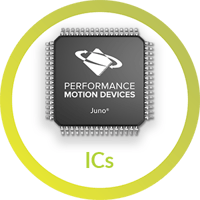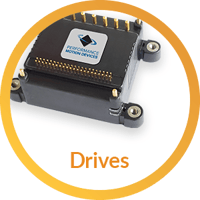Stepper motors, also called step motors, are popular first and foremost because they are easy to use. They do not require an encoder to maintain their position, and unlike DC Brush or Brushless DC motors when used for positioning they do not require a servo control loop. The advantages of stepper motors are low cost, high torque output, and brushless operation. Their main drawbacks are vibration, noise, and a limited speed range.
In this guide we take a comprehensive look at how to control two-phase stepper motors. We will start with the basics of how step motors work and their strengths and weaknesses relative to other positioning motor types. Then we will show you how they are controlled using traditional techniques and continue with advanced techniques that have come on the scene only recently. We will close with a review of implementation choices available to engineers for cost effective high performance step motor control solutions.
REGISTER FOR MOTOR CONTROL GUIDE
Not only will this guide provide an overview of step motor control, but you'll also read about advanced topics, including:
- Stepper Motor Magnetics
- How Stepper Motors Generate Motion
- Open Loop Stepper Motor Control
- Step-Related Motor Dynamics
- Microstepping Control
- Stepper Motor Control At-Rest Function
- Stall Detection
- Step Motor Current Control
- Closed Loop Stepper Control
- Trajectory Profiles
- Design Choices When Using Stepper Motor Control Products









